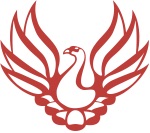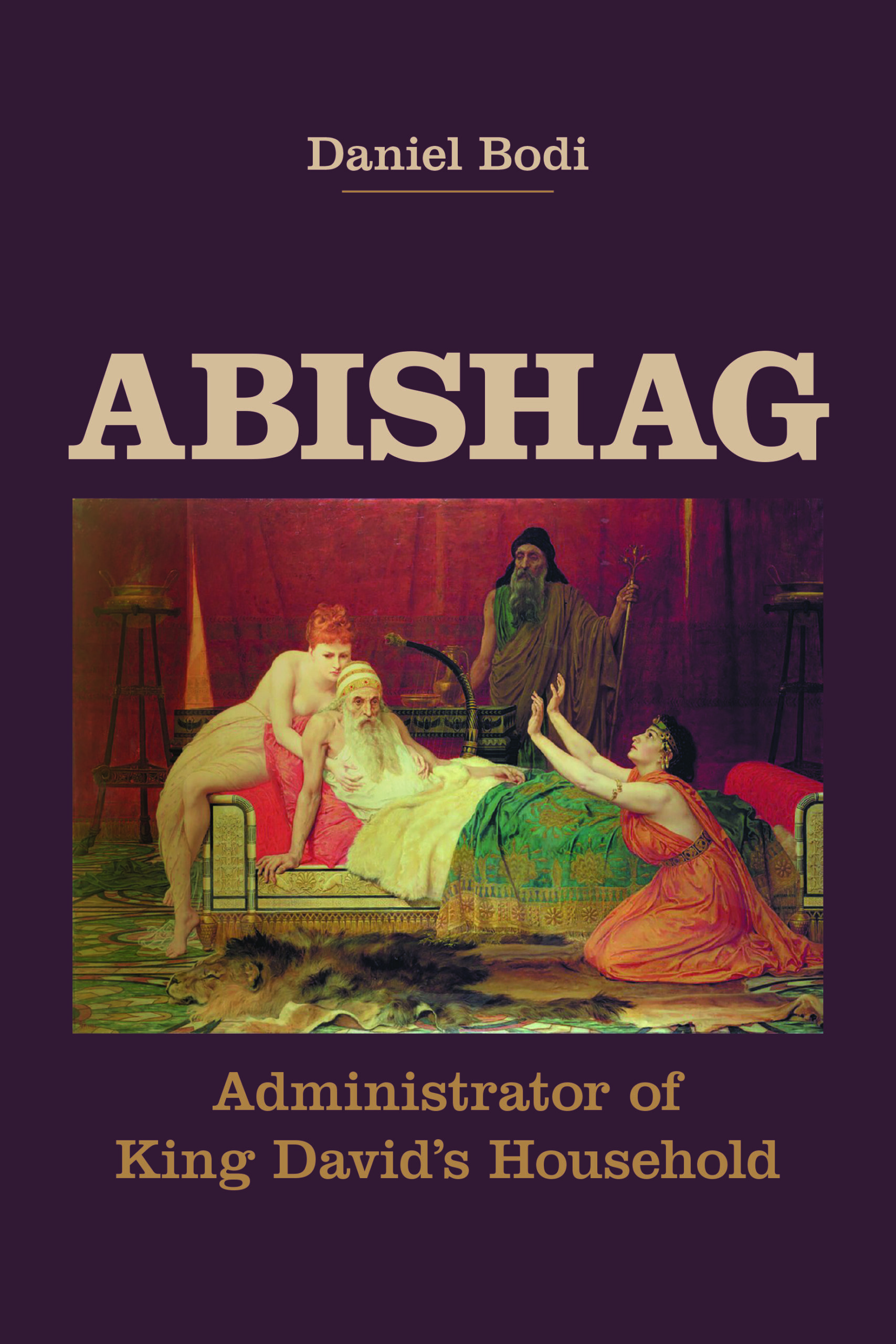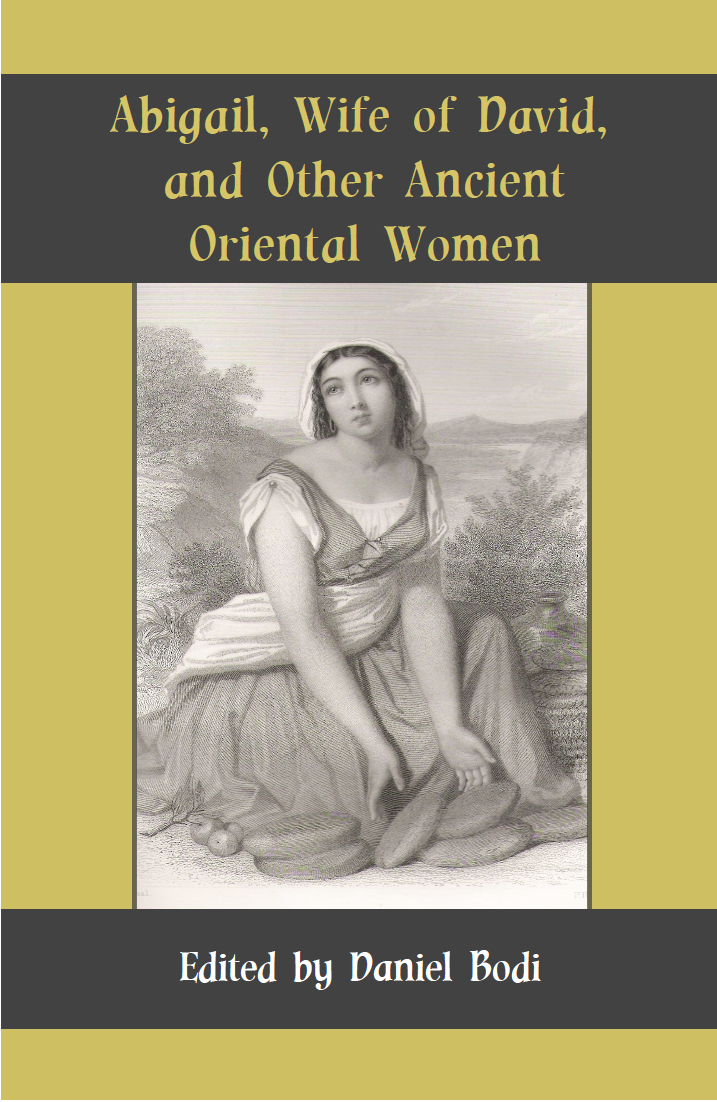Abishag: Administrator of King David’s Household
Published: May 2021
£80.00
Following Daniel Bodi's previous monographs on the three wives of King David —Michal, Bathsheba and Abigail —here is a fourth one on Abishag, the last woman in his life. It has not been recognized before how decisive a role she played as a palace administrator in David's final political crisis, Adonijah's coup d’état , and Solomon's proclamation as king.
Hitherto, Abishag has been given androcentric readings. Her position as administrator has been demoted to that of a mere housekeeper, bedfellow or even hot-water bottle. Some rabbinic authors transformed her into an androgynous being, claiming an intersex person warms better than a young female virgin. In fact, the term for Abishag's office as sōkenet is nothing but the feminine form of sken 'palace steward', a well-known functionary across the Semitic world. Much more than a simple housekeeper, Abishag wields administrative power with a legal role as a witness in Solomon's appointment.
Exploring further the role of women at royal courts, Bodi also offers a comparative analysis of the famous queens who played a role in the royal succession as kings' mothers in Egypt, Mari, Hatti, Ugarit and Assyria. Solomon's appointment as David's successor results from a palace putsch, executed with cunning and craftiness, which are to be understood as archaic forms of wisdom in the Hebrew Bible, classical Greece and the ancient Near East.
The stories of David's wives —and of Abishag —together form a Hebrew document in the style of an Advice to a Prince. An interesting comparison is drawn between David's four wives and the four females Odysseus encounters in Homer's Odyssey: Circe, Calypso, Nausicaa and Penelope. Strikingly, the Hebrew version of the Advice to a Prince and the Homeric Epic were being written at roughly the same time, the end of the eighth century bce.
Abishag: Administrator of King David’s Household
£80.00
Following Daniel Bodi's previous monographs on the three wives of King David —Michal, Bathsheba and Abigail —here is a fourth one on Abishag, the last woman in his life. It has not been recognized before how decisive a role she played as a palace administrator in David's final political crisis, Adonijah's coup d’état , and Solomon's proclamation as king.
Hitherto, Abishag has been given androcentric readings. Her position as administrator has been demoted to that of a mere housekeeper, bedfellow or even hot-water bottle. Some rabbinic authors transformed her into an androgynous being, claiming an intersex person warms better than a young female virgin. In fact, the term for Abishag's office as sōkenet is nothing but the feminine form of sken 'palace steward', a well-known functionary across the Semitic world. Much more than a simple housekeeper, Abishag wields administrative power with a legal role as a witness in Solomon's appointment.
Exploring further the role of women at royal courts, Bodi also offers a comparative analysis of the famous queens who played a role in the royal succession as kings' mothers in Egypt, Mari, Hatti, Ugarit and Assyria. Solomon's appointment as David's successor results from a palace putsch, executed with cunning and craftiness, which are to be understood as archaic forms of wisdom in the Hebrew Bible, classical Greece and the ancient Near East.
The stories of David's wives —and of Abishag —together form a Hebrew document in the style of an Advice to a Prince. An interesting comparison is drawn between David's four wives and the four females Odysseus encounters in Homer's Odyssey: Circe, Calypso, Nausicaa and Penelope. Strikingly, the Hebrew version of the Advice to a Prince and the Homeric Epic were being written at roughly the same time, the end of the eighth century bce.
Abigail, Wife of David, and Other Ancient Oriental Women
Published: Oct 2013
£50.00
This is the first book devoted to the biblical figure of Abigail, whose encounter with David is narrated in 1 Samuel 25. An interdisciplinary study, its seven papers combine biblical criticism, narratology, history of religions, Assyriology and the study of midrash.
One article (by Michaël Guichard) brings to light a major historical analogy from the Mari documents to the triangular relationship of Abigail, Nabal and David. The career of the princess Inib-sharri, first married to an old sheikh, and, after his sudden, mysterious death, to a younger princeling, provides a very apt analogy to that of Abigail.
Another article (by Daniel Bodi) compares David's way of seizing power to the pattern of seizing power in the ancient Near East: Zimri-Lim in Mari, Idrimi in Alalakh, and the 'Apiru in the Amarna texts serve as analogies to David.
The tale of David as an ambitious warlord taking power through marriage can be paralleled by the myth of Nergal and Ereshkigal; in its older Amarna version Nergal takes power through violence whereas in its Assyrian version his power is due to Ereshkigal's seduction and love. The Abigail story combines both aspects, beginning with violence and ending with marriage (Jean-Jacques Glassner).
Some rabbis saw Abigail as a seducer and a hellish type of woman. The final articles (by Bodi and Jean-Marie Husser) show that, while her behaviour might be ambiguous, she should not be branded a scarlet woman.
Abigail, Wife of David, and Other Ancient Oriental Women
£50.00
This is the first book devoted to the biblical figure of Abigail, whose encounter with David is narrated in 1 Samuel 25. An interdisciplinary study, its seven papers combine biblical criticism, narratology, history of religions, Assyriology and the study of midrash.
One article (by Michaël Guichard) brings to light a major historical analogy from the Mari documents to the triangular relationship of Abigail, Nabal and David. The career of the princess Inib-sharri, first married to an old sheikh, and, after his sudden, mysterious death, to a younger princeling, provides a very apt analogy to that of Abigail.
Another article (by Daniel Bodi) compares David's way of seizing power to the pattern of seizing power in the ancient Near East: Zimri-Lim in Mari, Idrimi in Alalakh, and the 'Apiru in the Amarna texts serve as analogies to David.
The tale of David as an ambitious warlord taking power through marriage can be paralleled by the myth of Nergal and Ereshkigal; in its older Amarna version Nergal takes power through violence whereas in its Assyrian version his power is due to Ereshkigal's seduction and love. The Abigail story combines both aspects, beginning with violence and ending with marriage (Jean-Jacques Glassner).
Some rabbis saw Abigail as a seducer and a hellish type of woman. The final articles (by Bodi and Jean-Marie Husser) show that, while her behaviour might be ambiguous, she should not be branded a scarlet woman.
The Demise of the Warlord: A New Look at the David Story
Published: Oct 2010
£50.00
The novelty of this monograph on David and Bathsheba (2 Sam. 11 —12) lies in its placing the narrative in the context of the behaviour of nomadic warlords and Amorite tribal chieftains as reflected in several Akkadian texts from Mari and Mesopotamia. The biblical story is interpreted in the light of an Akkadian literary topos depicting the ideal warlike existence of a Bedouin tribal chieftain. According to this topos, David's dallying with women, and eating, drinking and living in the shade rather than leading armies into military exploits would be considered unworthy of a warlord and disparaging to his reputation.
Another new feature in this book is the explanation of the treatment that King David inflicted on Uriah the Hittite, a 'resident alien' according to the rabbis, in the light of the outrage that a high official of a Pharaoh committed upon a resident-alien in El-Amarna times. There seems to have existed a non-written ancient Near Eastern law about the obligation of protecting and not harming resident aliens. As evidenced by the El-Amarna letter 162, disregard for this law entailed a death sentence on the perpetrator of such an outrage. In 2 Samuel 11 —12 the outrage done to the resident alien is expressed through the literary motif of the abduction of the beautiful wife in the context of oppression and threat exercised by the powerful over the weak and the helpless.
The Demise of the Warlord: A New Look at the David Story
£50.00
The novelty of this monograph on David and Bathsheba (2 Sam. 11 —12) lies in its placing the narrative in the context of the behaviour of nomadic warlords and Amorite tribal chieftains as reflected in several Akkadian texts from Mari and Mesopotamia. The biblical story is interpreted in the light of an Akkadian literary topos depicting the ideal warlike existence of a Bedouin tribal chieftain. According to this topos, David's dallying with women, and eating, drinking and living in the shade rather than leading armies into military exploits would be considered unworthy of a warlord and disparaging to his reputation.
Another new feature in this book is the explanation of the treatment that King David inflicted on Uriah the Hittite, a 'resident alien' according to the rabbis, in the light of the outrage that a high official of a Pharaoh committed upon a resident-alien in El-Amarna times. There seems to have existed a non-written ancient Near Eastern law about the obligation of protecting and not harming resident aliens. As evidenced by the El-Amarna letter 162, disregard for this law entailed a death sentence on the perpetrator of such an outrage. In 2 Samuel 11 —12 the outrage done to the resident alien is expressed through the literary motif of the abduction of the beautiful wife in the context of oppression and threat exercised by the powerful over the weak and the helpless.




